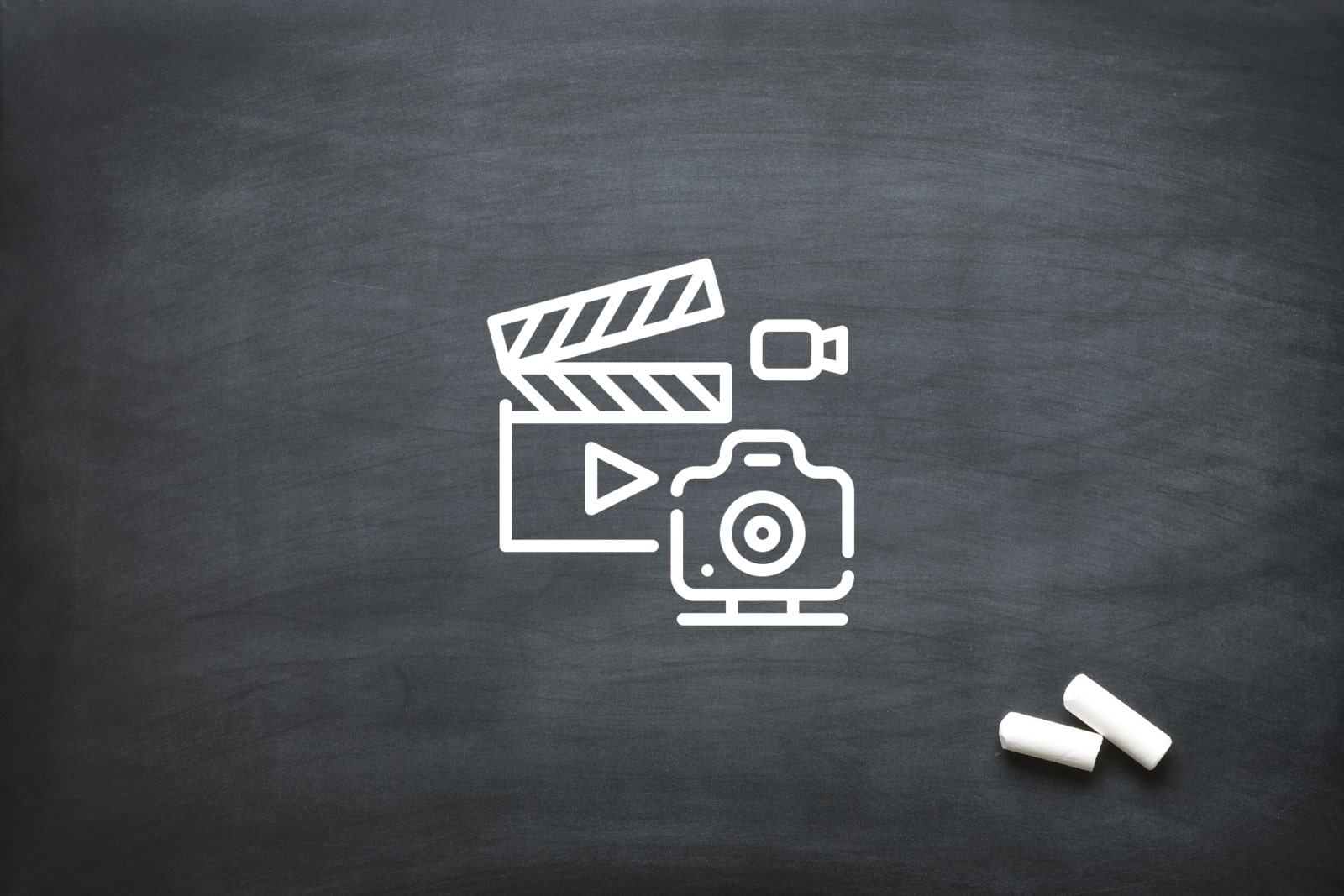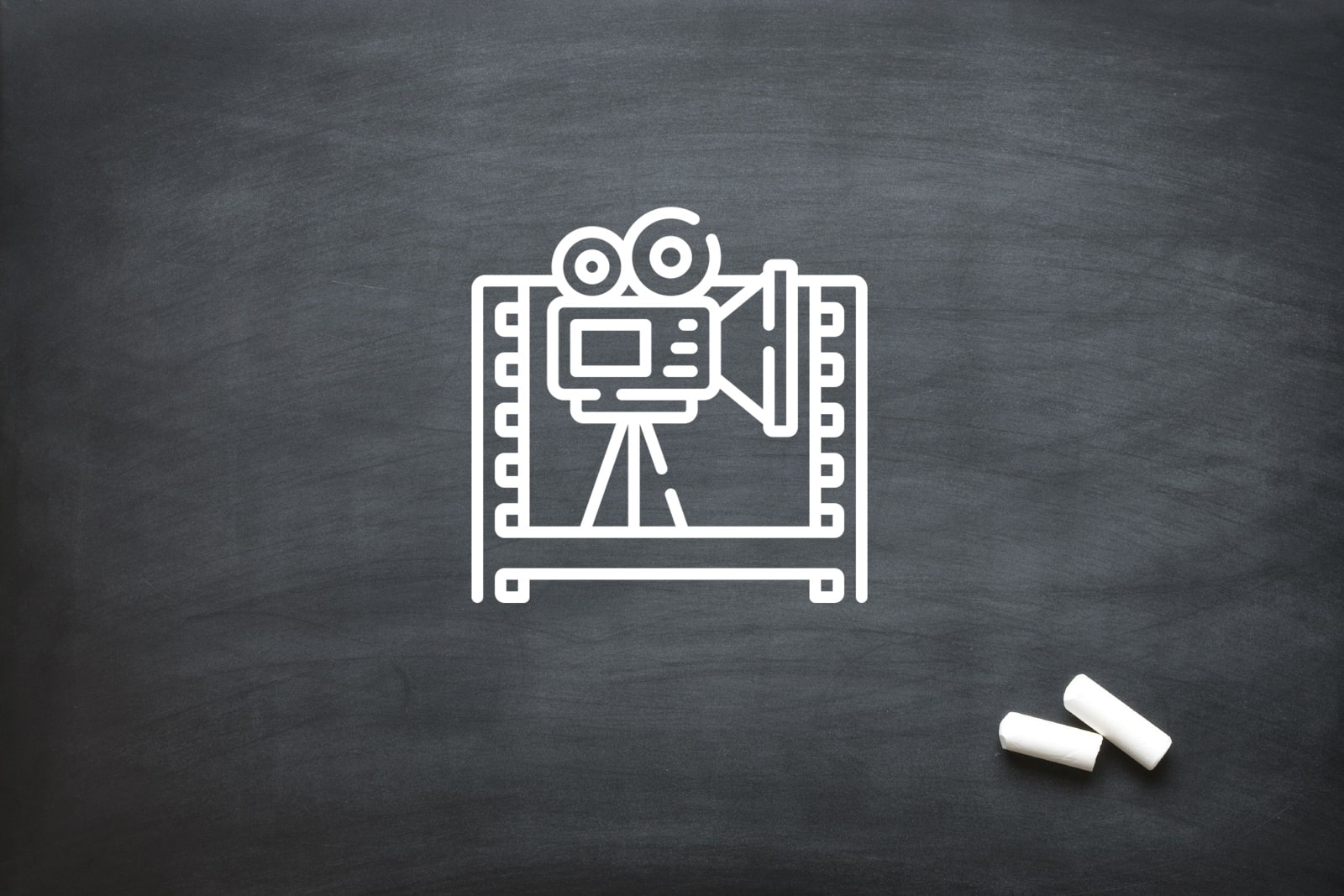
Cinematic Techniques in Creative Video Productions
In the world of creative video productions, the ability to use cinematic techniques effectively can set a project apart. Whether you’re working on a corporate video, an advertisement, or a short film, these techniques help to tell your story in a visually engaging and meaningful way. The way a video is framed, lit, and shot impacts not only the viewer’s perception of the subject but also the overall message it conveys.
Framing and Composition for Authority
Framing and composition are foundational to the storytelling process in creative video productions. The way a subject is placed within the frame can convey authority, warmth, or relatability. For instance, the rule of thirds is a commonly used technique where the frame is divided into nine equal parts by two horizontal and two vertical lines. Positioning the subject along these lines or at their intersections creates a sense of balance and harmony, making the shot more visually appealing.
In addition to the rule of thirds, centered framing can create a feeling of stability and importance. When a subject is placed in the centre of the frame, it signals to the audience that this person or object is the focal point of the narrative, drawing attention and conveying authority.
Lighting for Mood and Message
Lighting plays a critical role in setting the tone and conveying messages in creative video productions. The right lighting can evoke a sense of professionalism, warmth, or authority, depending on the desired effect.
Key lighting is the primary light source used to highlight the subject. It’s essential for creating contrast and defining features. Fill lighting is then used to soften the shadows created by the key light, ensuring the subject doesn’t appear too harsh or overexposed.
Backlighting can be employed to create a dramatic effect, outlining the subject’s silhouette and adding a layer of mystery or depth. In a corporate setting, it’s common to use practical lighting, such as desk lamps or windows, which help ground the scene in a realistic context, while still creating the right atmosphere for the brand.
Camera Movement to Create Energy
One of the most powerful tools in creative video productions is camera movement. The way the camera moves can add dynamism to a scene, keep the audience engaged, and even influence the energy of the story.
Dolly shots involve moving the camera on a track towards or away from the subject, adding depth and providing a sense of movement. Crane shots, where the camera is lifted to offer a bird’s-eye view, can create sweeping, majestic perspectives that convey power or grandeur. Alternatively, handheld shots bring a sense of immediacy and intimacy, making the viewer feel closer to the action, often used in emotional or tense moments.
Tracking shots, where the camera follows the subject as they move through the scene, are also invaluable for maintaining momentum and providing context to the environment. These techniques enhance the narrative by adding visual energy and keeping the audience visually engaged.
Sound Design that Supports Brand Identity
In creative video productions, sound is just as important as visuals in shaping the audience’s perception. Sound design refers to the process of creating and manipulating audio to reinforce the tone and message of a video.
Ambient sound forms the backdrop of a scene, establishing the environment and setting the mood. It could include subtle background noises like the hum of a busy office or the rustling of leaves. Meanwhile, sound effects are used to accentuate key moments in the narrative, like the sound of a door creaking open or footsteps echoing in a quiet hallway.
Voiceovers are often employed in corporate videos to deliver information or clarify a message. They need to be clear, authoritative, and match the tone of the visuals. Music beds provide the emotional undercurrent of a video, enhancing the emotional impact of the scene.
Depth of Field to Focus Attention
Depth of field is the distance between the nearest and furthest objects in focus in a scene. By controlling depth of field, filmmakers can direct the audience’s attention to specific elements in the shot. A shallow depth of field, where the background is blurred, can help highlight key subjects, such as a person or product, while minimising distractions from the environment.
On the other hand, a deep depth of field keeps the entire scene in focus, which is ideal when context and environment are just as important as the subject itself. This technique is particularly useful in storytelling, where both the character and their surroundings contribute to the narrative.
B-Roll That Tells a Story
While primary footage or “A-roll” typically features talking heads or main actions, B-roll is supplementary footage that provides additional context and depth to the story. B-roll can include shots of the environment, close-ups of objects, or reactions of people in the scene. It adds richness to the narrative, breaks up monotonous talking-head footage, and reinforces the message visually.
In creative video productions, B-roll helps to build a more immersive experience for the viewer, enhancing the story without the need for excessive dialogue. It can also provide visual cues to the audience, making the narrative clearer and more engaging.
Conclusion
Cinematic techniques in creative video productions are essential tools that can elevate your content from average to outstanding. By mastering these techniques, you ensure that your video is not only visually appealing but also aligned with your brand’s identity and message.
If you’re looking to create impactful videos that utilise these cinematic techniques, get in touch with Oliver Karstel Creative Agency. Our expert team is dedicated to bringing your vision to life with professional, high-quality video production that speaks to your audience.






